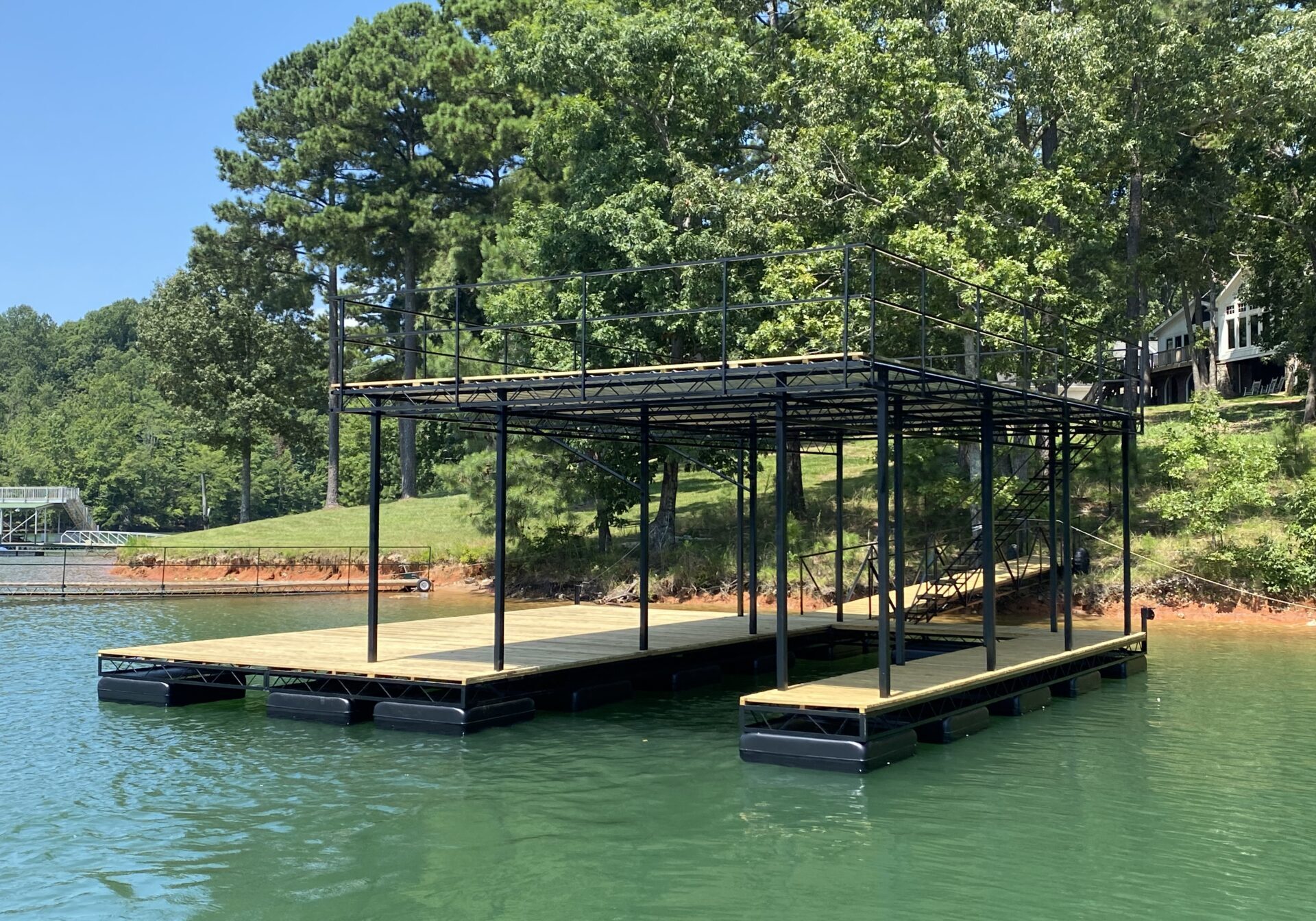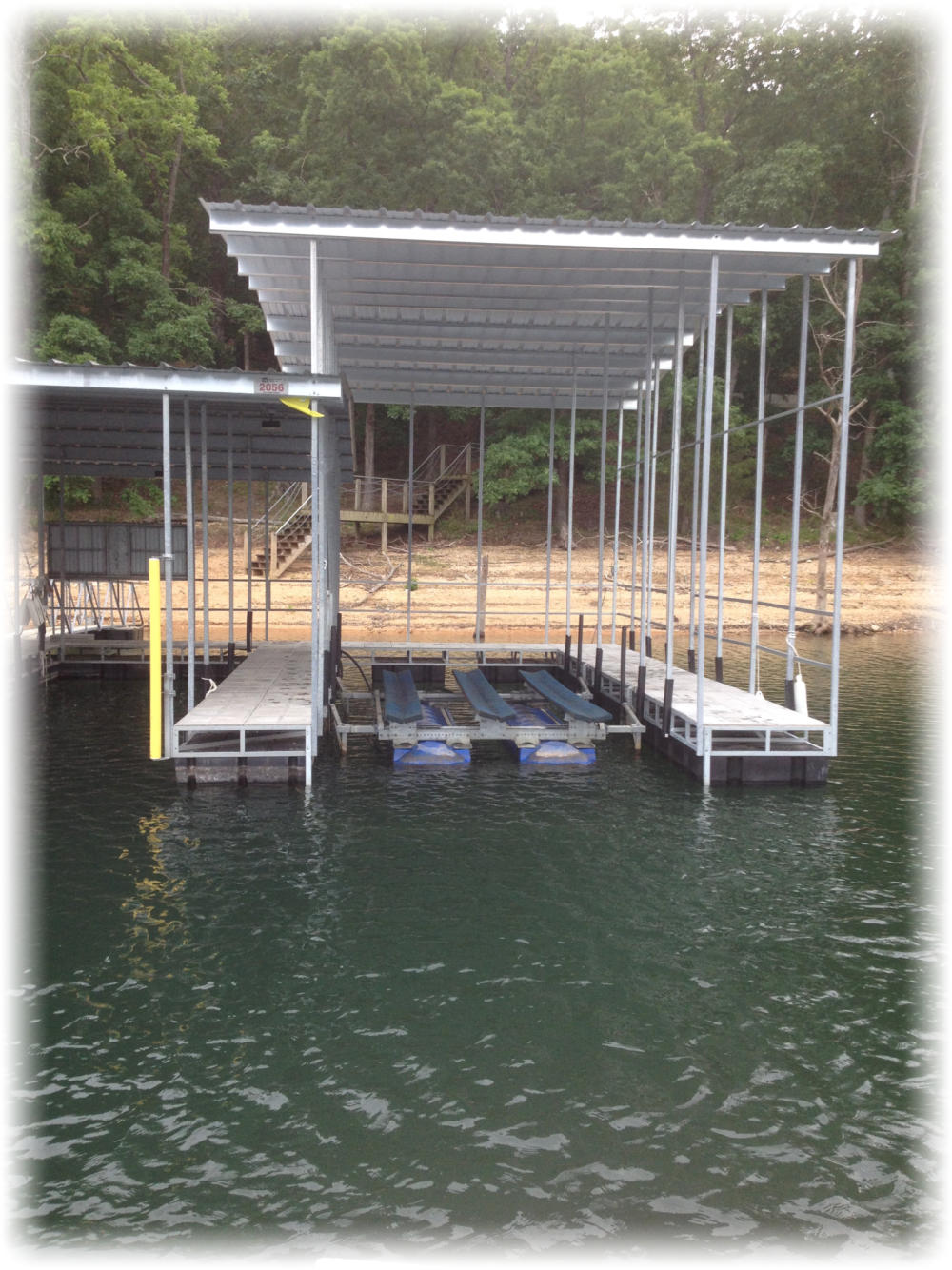How to Select the Right Service for Your Dock Repairs
How to Select the Right Service for Your Dock Repairs
Blog Article
Effective Dock Repair Service Techniques: Guaranteeing Structural Stability
Guaranteeing the structural honesty of docks through efficient fixing techniques is extremely important for the longevity and safety of aquatic centers. Consequently, picking the appropriate repair work products, such as composite products and corrosion-resistant alloys, is crucial for durability.
Analyzing Dock Damages
Evaluating dock damages is an important primary step in making certain the structural integrity and safety of any docking facility. This first evaluation entails an extensive inspection to recognize both noticeable and covert problems. Key aspects to take a look at consist of the dock's structure, pilings, decking, and hardware. Each element should be scrutinized for indications of wear, rot, deterioration, or other types of degradation that could jeopardize the structural honesty.
Architectural engineers or qualified inspectors usually carry out these analyses making use of specialized devices and methods. For example, undersea inspections may utilize sonar equipment or remotely ran vehicles (ROVs) to spot immersed damages. Over water, visual evaluations are complemented by utilizing moisture meters and various other diagnostic tools to reveal underlying issues not promptly noticeable to the nude eye.

Deciding On Repair Work Materials
Choosing the ideal repair products is an essential action in the dock remediation process, one that straight influences the long life and performance of the fixed framework. Material choice must be driven by elements such as environmental conditions, load-bearing needs, and compatibility with existing dock components. For example, wood is a typical selection for docks because of its all-natural durability and aesthetic appeal. Choosing the best kind of wood, such as pressure-treated lumber or normally rot-resistant types like cedar or teak, is critical to stand up to water settings.
Along with timber, composite products are significantly preferred as a result of their resilience and low upkeep needs. Compounds, normally made from a blend of plastic and wood fibers, supply exceptional resistance to rot, pests, and UV damage. For metal anchors, selecting corrosion-resistant alloys such as galvanized steel or marine-grade light weight aluminum is vital to prevent corrosion and ensure structural honesty in saline water conditions.
Epoxy materials and marine-grade sealants are indispensable for repairing fractures and securing joints, giving a water resistant barrier and enhancing the dock's total toughness. By meticulously selecting top quality products, dock repair services can attain long-lasting results, thus safeguarding versus future deterioration and making sure risk-free, reliable use.
Architectural Reinforcement Methods
Efficient structural support methods are critical in guaranteeing the stability and longevity of dock repair work. One basic technique entails the usage of steel or composite reinforcement bars (rebar) within concrete structures. Rebar offers additional tensile stamina, protecting against splits and dispersing tons a lot more evenly. This approach is specifically effective for anchors subjected to hefty tons or rough environmental conditions.
An additional essential technique is the application of fiber-reinforced polymers (FRP) These materials offer high strength-to-weight proportions and outstanding resistance to corrosion, making them perfect for reinforcing wood or concrete anchors. FRP can be applied in sheets or strips and bound with epoxy resins to enhance architectural stability.
Bracing and securing systems also play a vital duty in structural support. Cross-bracing, using steel or wood light beams, can combat side forces, click reducing guiding and activity. Securing systems, such as helical piers or driven piles, supply a stable foundation by moving loads to deeper, extra stable dirt layers.
Last but not least, the assimilation of load-distribution plates can help disperse weight more equally across the dock's surface area, mitigating local tension factors. These techniques collectively ensure that anchors continue to be safe and robust, qualified of holding up against the rigors of their functional atmosphere.
Advanced Repair Methods

One more innovative method involves undersea welding, which allows for fixings to be conducted without the demand to dewater the area. This method is specifically beneficial for dealing with structural concerns in immersed dock elements, guaranteeing marginal disturbance to operations. Enhanced welding strategies, paired with site link robot systems, supply accuracy and integrity, therefore prolonging the life-span of the dock.
Additionally, cathodic protection systems are executed to avoid rust in metal dock frameworks. By utilizing sacrificial anodes or pleased present systems, these methods successfully reduce the electrochemical processes that cause material wear and tear.
Last but not least, advanced surveillance modern technologies, such as structural wellness surveillance (SHM) systems, give real-time data on the condition of dock structures. These systems allow positive maintenance and timely interventions, eventually making certain the long-lasting structural integrity of the why not check here dock.
Maintenance and Prevention
Maintenance and prevention are essential principles that underpin the longevity and security of dock frameworks. Regular examinations are vital, enabling early discovery of damage, prospective weak points, and environmental effects. An aggressive approach, involving routine look for deterioration, rot, and architectural changes, minimizes pricey repair work and prolongs the dock's functional life.
Preventive measures ought to consist of applying protective finishes to metal elements to guard against rust and using cured timber to resist decay. Furthermore, making certain appropriate water drainage and ventilation can avoid water buildup, which is a common cause of architectural deterioration. Incorporating high quality materials and adhering to manufacturer guidelines throughout building and construction and repair phases also play critical duties in boosting sturdiness.

Educating workers in dock upkeep ideal practices ensures regular application of safety nets. Leveraging technical advances, such as drones for assessments and sensors for real-time tracking, can even more improve maintenance efforts. By prioritizing maintenance and avoidance, dock owners can guarantee architectural integrity, functional security, and cost-efficient management over the dock's life-span.
Final Thought
In verdict, preserving the structural integrity of aquatic centers necessitates extensive dock repair service strategies. Detailed evaluations making use of advanced devices reveal both visible and concealed damages, while the selection of appropriate fixing materials improves durability. Implementing structural support methods addresses stress and anxiety points efficiently. Advanced repair work methods, coupled with regular upkeep practices, make sure the dock continues to be secure and functional under varied ecological conditions. Taking on these approaches considerably extends the life expectancy and functionality of marine facilities.
Guaranteeing the architectural honesty of docks via efficient repair strategies is vital for the longevity and safety and security of marine centers.Choosing the proper repair service materials is a crucial step in the dock remediation procedure, one that straight affects the longevity and performance of the repaired framework.Reliable structural reinforcement techniques are crucial in making sure the security and durability of dock repair services. By focusing on upkeep and prevention, dock proprietors can ensure architectural honesty, operational security, and affordable administration over the dock's life-span.
In final thought, preserving the structural stability of marine facilities necessitates thorough dock repair service methods.
Report this page